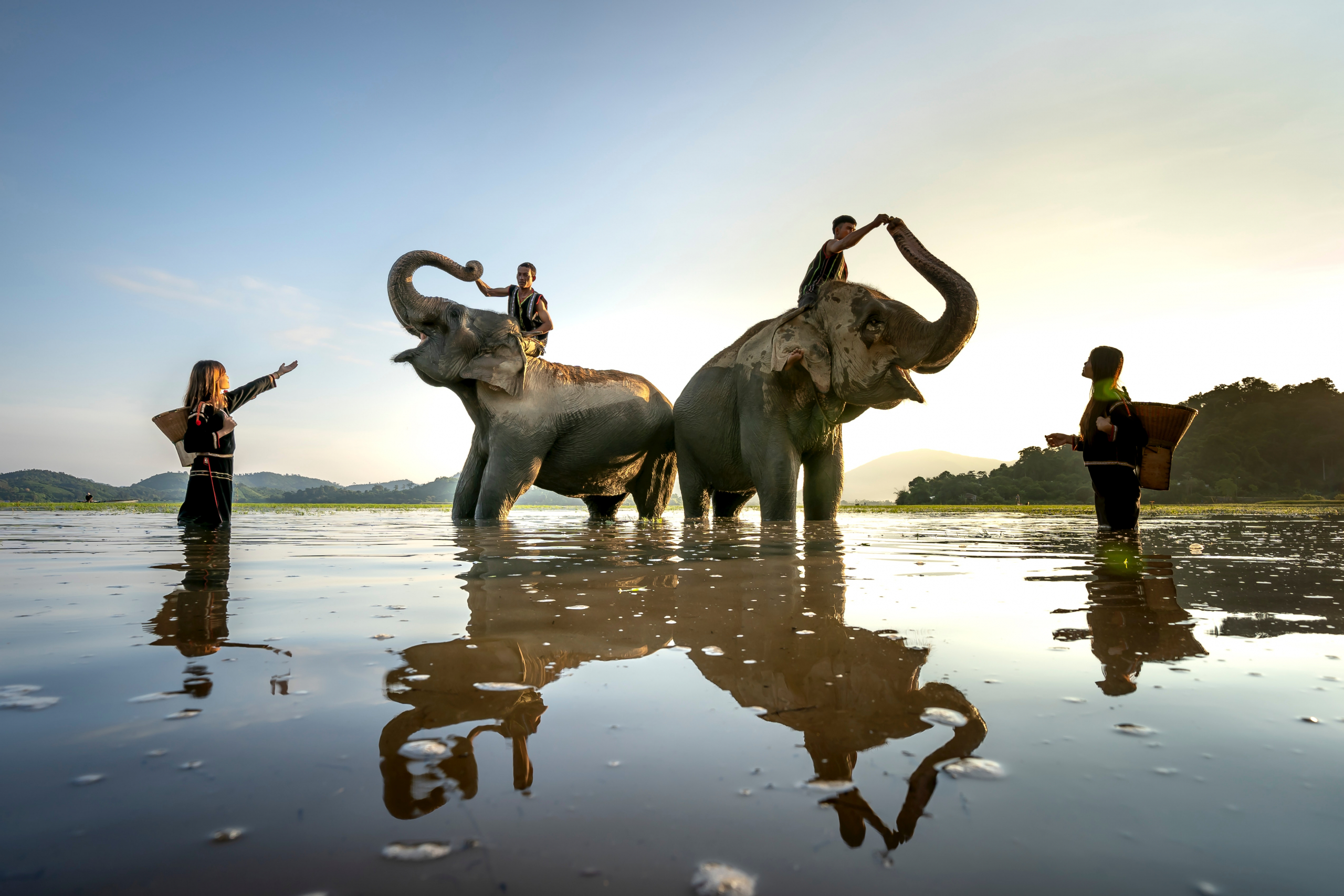March 2, 2023
Climate Change Fuels Human-Wildlife Conflict Worldwide
Book a Demo
Climate change is a complex and multifaceted issue that affects almost every aspect of our lives, including the environment and the wildlife that inhabit it. One of the most significant impacts of climate change is the increase in human-wildlife conflict. As the world’s climate continues to change, animals and humans are increasingly coming into conflict with one another, leading to negative consequences for both.
A recent article in the Washington Post reported that climate change is intensifying human-wildlife conflict around the world. This is due to the fact that rising temperatures, changing rainfall patterns, and altered habitats are forcing animals to migrate to new areas in search of food and water, often bringing them into closer contact with humans. As a result, wildlife is increasingly venturing into human settlements, causing damage to crops, livestock, and property, and in some cases, even attacking humans.
The impact of climate change on human-wildlife conflict is not limited to a particular region or a specific species. A study published in Nature Climate Change found that the effects of climate change on wildlife behavior are global and far-reaching. The study analyzed 75 species of mammals, birds, and reptiles and found that they are altering their behavior in response to changing weather patterns. For example, some species are changing their migration patterns, while others are moving to new habitats. These changes are leading to an increase in human-wildlife conflict as animals come into contact with people in areas where they were previously absent.
The impact of climate change on human-wildlife conflict is not just limited to wildlife behavior. A recent report by Inside Climate News highlighted the impact of climate change on predator-prey relationships. As the climate continues to warm, predators are expanding their ranges, bringing them into contact with new prey species. This can have negative consequences for both predators and prey, as they may not be adapted to one another’s behavior and may not have developed the necessary defenses.
The rise in human-wildlife conflict has significant implications for both humans and animals. For humans, it can lead to crop loss, property damage, and even loss of life. For animals, it can lead to habitat loss, displacement, and in some cases, extinction. The situation is particularly dire for endangered species, which may be pushed to the brink of extinction due to habitat loss and other impacts of climate change.
Addressing human-wildlife conflict in the context of climate change requires a multi-faceted approach. One key strategy is to reduce greenhouse gas emissions and slow the pace of climate change. This can be achieved through a range of measures, including investing in renewable energy, improving energy efficiency, and implementing policies that encourage sustainable land use and transportation.
Another key strategy is to develop and implement effective conservation measures. This includes protecting and restoring habitats, reducing the impact of development on wildlife, and implementing strategies to reduce conflict between humans and animals.
Finally, it is essential to involve local communities in the conservation and management of wildlife. This includes providing education and training on wildlife conservation and involving local people in decision-making processes related to wildlife management.
Climate change is fueling human-wildlife conflict worldwide, with significant implications for both humans and animals. Addressing this issue requires a multi-faceted approach that includes reducing greenhouse gas emissions, implementing effective conservation measures, and involving local communities in wildlife management. By taking action now, we can help mitigate the impacts of climate change on wildlife and reduce the risk of conflict between humans and animals in the future.



